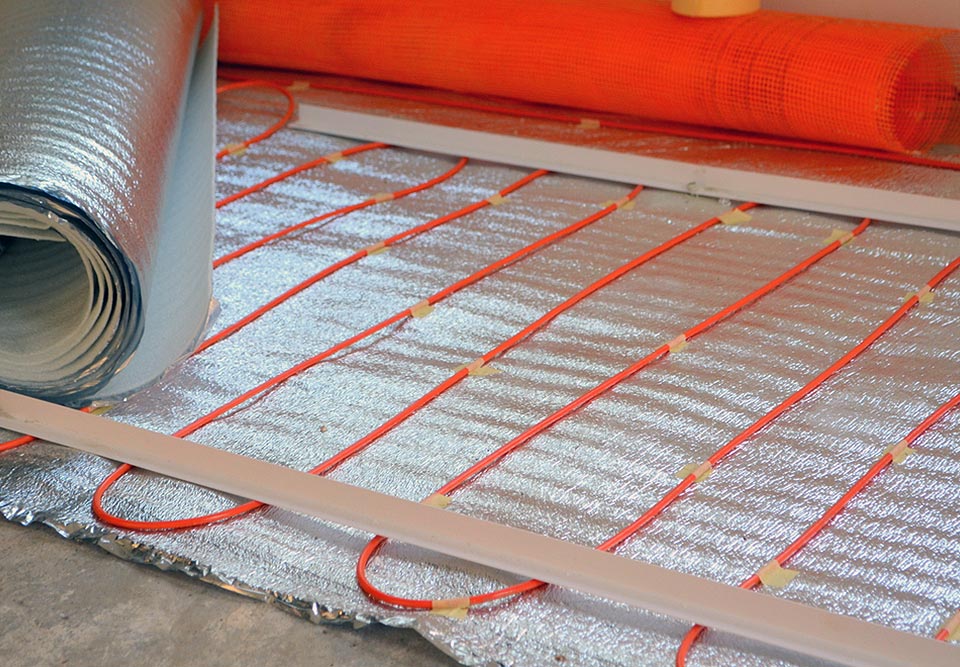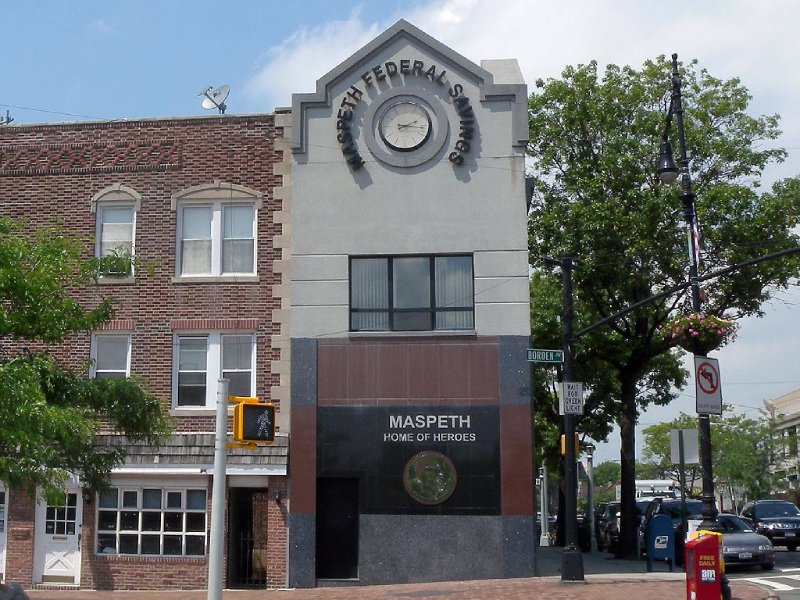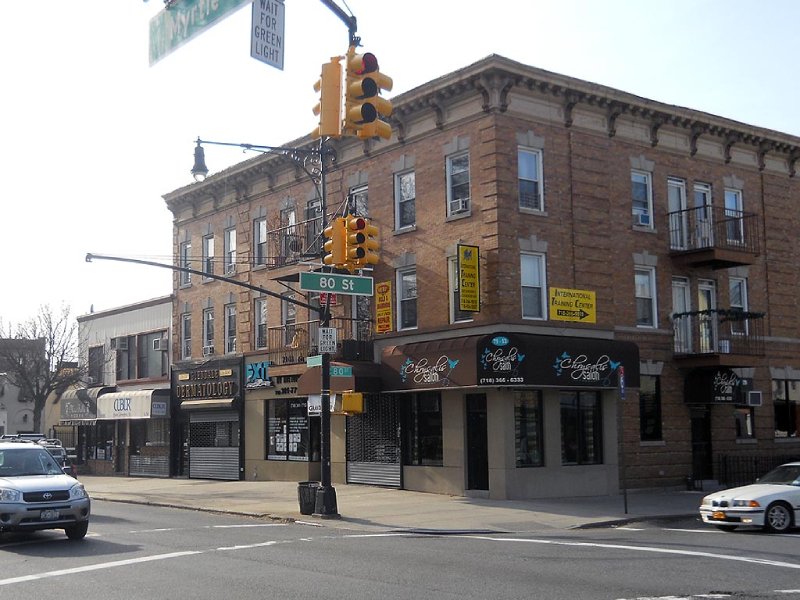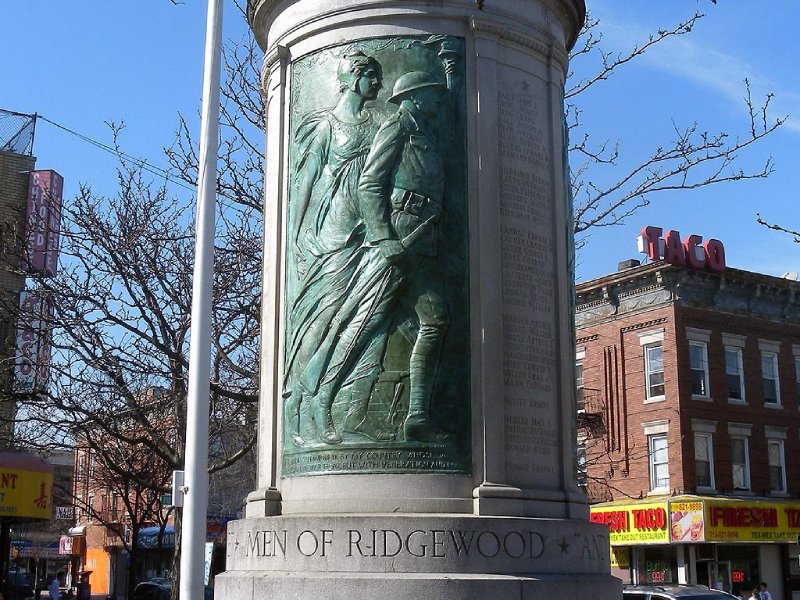If you are planning a new home construction or an addition to your current home, then now is the time to consider a radiant heating system in stalled by a radiant heat contractor. This type of floor heating system provides for more efficient and even home heating and eliminates the excess dust and allergens that get kicked up with a traditional forced-air heating system. This results in a warmer, cheaper, and less allergic-prone winter household.

However, installing the most effective radiant heat system does require professional and experienced help. An expert radiant heat contractor will do an on-site evaluation and provide you with information on the following key points.
Insulation and Underlayment
The elementary science quote ‘heat rises’ doesn’t apply to sub-floor systems like this. Your radiant heat contractor will talk to you about the best types of insulation to install underneath to prevent wasted heat loss. Avoid any contractor who skips or avoids underscoring this. Products like Warmboard provide both insulation and enhance the radiance of heat.
Piping Material
Radiant heat has traditionally been copper pipe encased in a concrete slab. However, newer technologies like PEX tubing have opened up applications like second-floor installation and a full basement under the first floor.
Thermostat Type
You can install a radiant heat system with either an air sensing thermostat or a floor sensing thermostat. The former is best utilized in areas where the radiant heating system is the only and/or primary system. However, if you plan on also frequently using forced air heating or similar heating system, such as you might when installing in a home addition, then your radiant heat contractor should recommend a floor sensing thermostat.
Thermostat Placement
Finally, if you have incorporated an air sensing thermostat, then your radiant heat contractor will emphasize the importance in proper placement for best system performance. For example, installing the thermostat on a sun-drenched wall or near heating appliances (such as an oven or heating vent) can delay when the thermostat turns on as it will register a higher ambient temperature. This causes floors to feel cooler than comfort dictates. On the other hand, installing it outside the room or in a dark corner can cause the system to turn on too often for more costly operations.
These are just a few of the side points that your radiant heat contractor should discuss with you during their on-site consultation in addition to the basic brand and floor covering recommendations. For more information about installing a radiant heat system or to schedule a consultation, contact Kew Forest Plumbing today.










